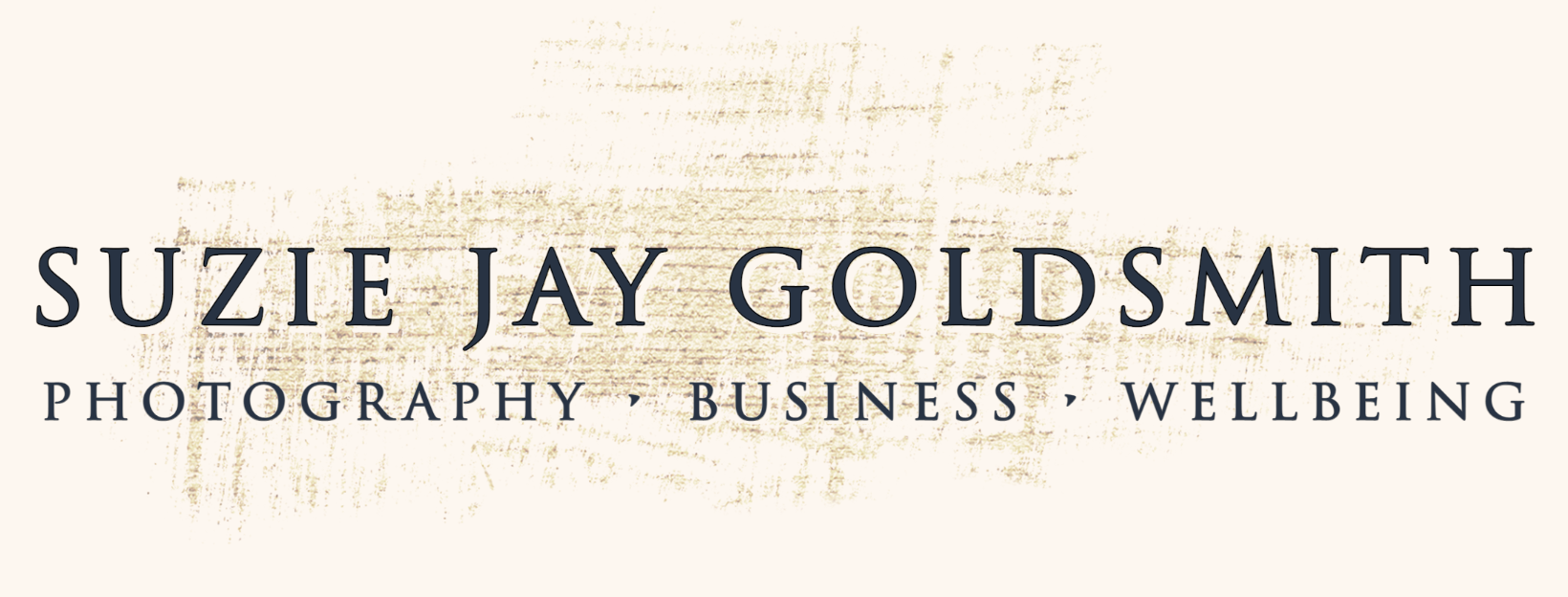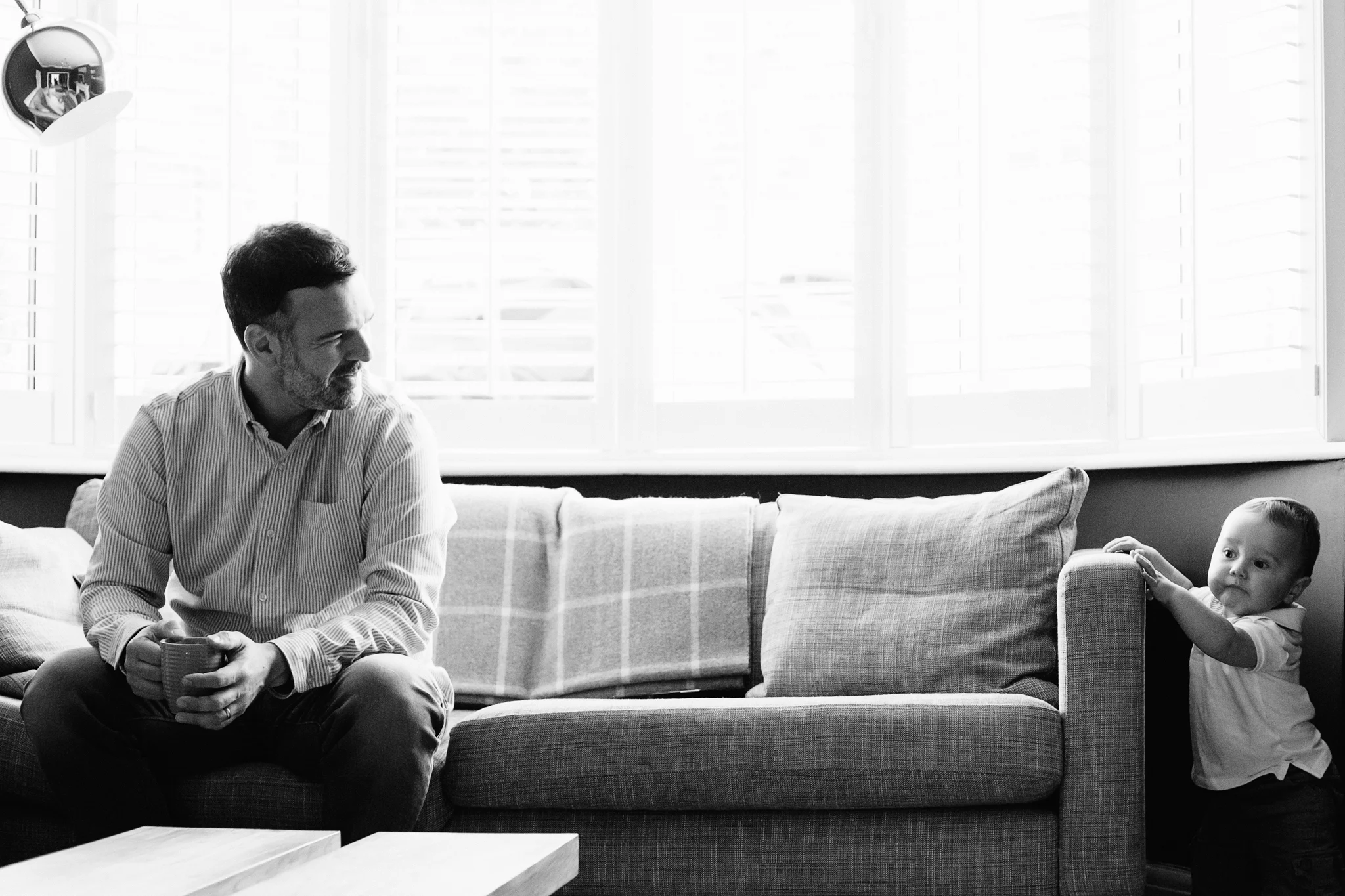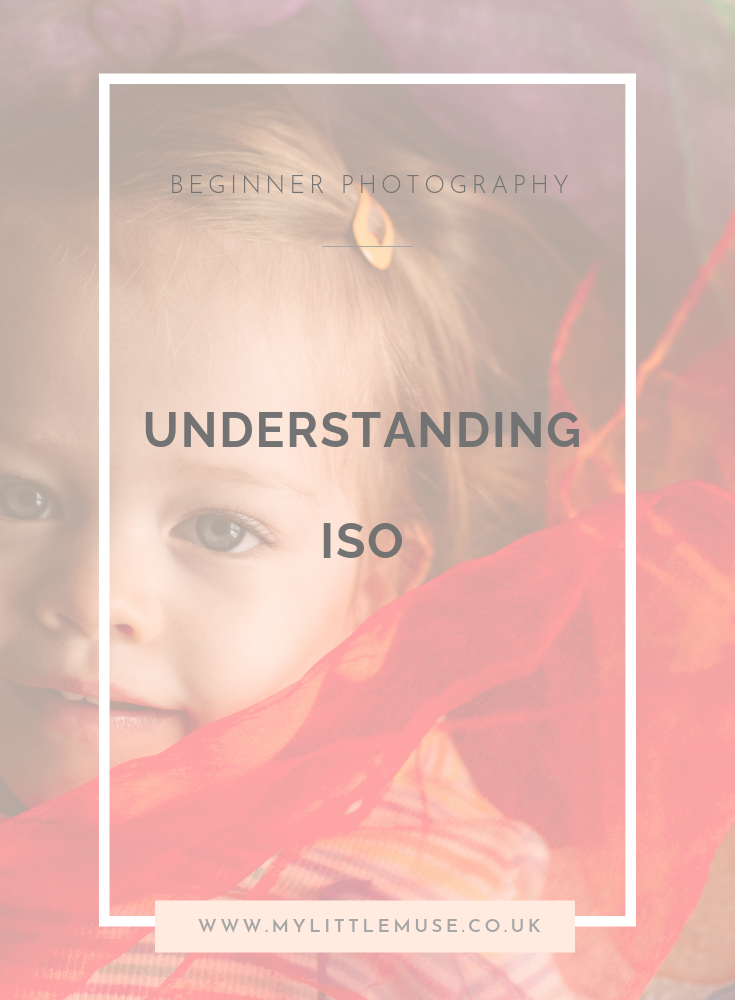WHY ARE MY PHOTOS GRAINY? (UNDERSTANDING ISO)
When scouring the internet for photography tutorials, have you ever wondered “what is ISO?”. Well, hopefully I can demystify this a little for you. ISO relates to shooting with your camera set to manual mode and to do this, you’ll first need to understand a little about exposure. If you’re not sure what I mean about this, my guide to understanding exposure can be found be clicking here.
To shoot with your camera set to manual mode, you need to consider your aperture and shutter speed settings. The third and final piece of the puzzle is ISO.
What is ISO? (pronounced eye-so)
I'll be honest. For me, ISO is probably the least fun of the three corners of the exposure triangle. The good news is that I've always found ISO to be the easiest setting to understand.
Simply put, ISO sensitivity is a measure of your camera's sensitivity to light. The lower your ISO number, the less sensitive your camera is to the light, whereas a higher ISO number increases your camera's sensitivity to light.
ISO might not be the most exciting setting (sorry ISO) but it IS useful because it can often help you avoid using a flash. If you know what aperture and shutter speed settings you want to use, ISO is often the last piece of the puzzle in terms of getting a properly exposed photo.
How do I know what ISO setting to choose?
For me, a general guide I like to keep in mind looks a little like this:
Outside, bright sunny day = low ISO like 100 or 200
Bright but cloudy day = 400 or 800
Indoors but not too dark = 1000
Indoors with low light = high ISO like 1600
A high ISO is great for helping you steer clear of using your pop up flash but it does bring "noise" or grain to your photo. It's not that pretty, especially on skin tones, so ideally, you want to try to keep your ISO as low as you can whilst still balancing it with your aperture and shutter speed. Remember we talked about balancing your settings here?
This little pocket of light in my home is lovely but it’s quite far away from the window (source of the light) so it can be a little dark. To photograph my little girl in this space I had to use a higher ISO. I knew using a higher ISO would result in a certain amount of grain.
f4 1/250 ISO: 3200
This is what the noise/grain in this photo looks like up close (I’ve lifted the exposure so you can easily see it).
Grain isn’t something I like to see in my photos, but without using a high ISO in this dim light, there's no way I could have:
-Used a fast shutter speed to freeze my little girl who is always on the move and never still
-Have a properly exposed photo
Sometimes noise/grain can actually look really good. Some photographers make a creative/stylistic decision to purposely add grain using editing software like Lightroom or Photoshop. Take a look at the beautiful work of Little White Photography to see what I mean.
So what do you think about noise/grain in a photo? Like it or loathe it? Pop over to Instagram (@suziejaygoldsmith) to carry on the conversation .
Need more help understanding exposure? Try these posts:
Click to read “The Beginner’s Buide to Understanding Exposure”











